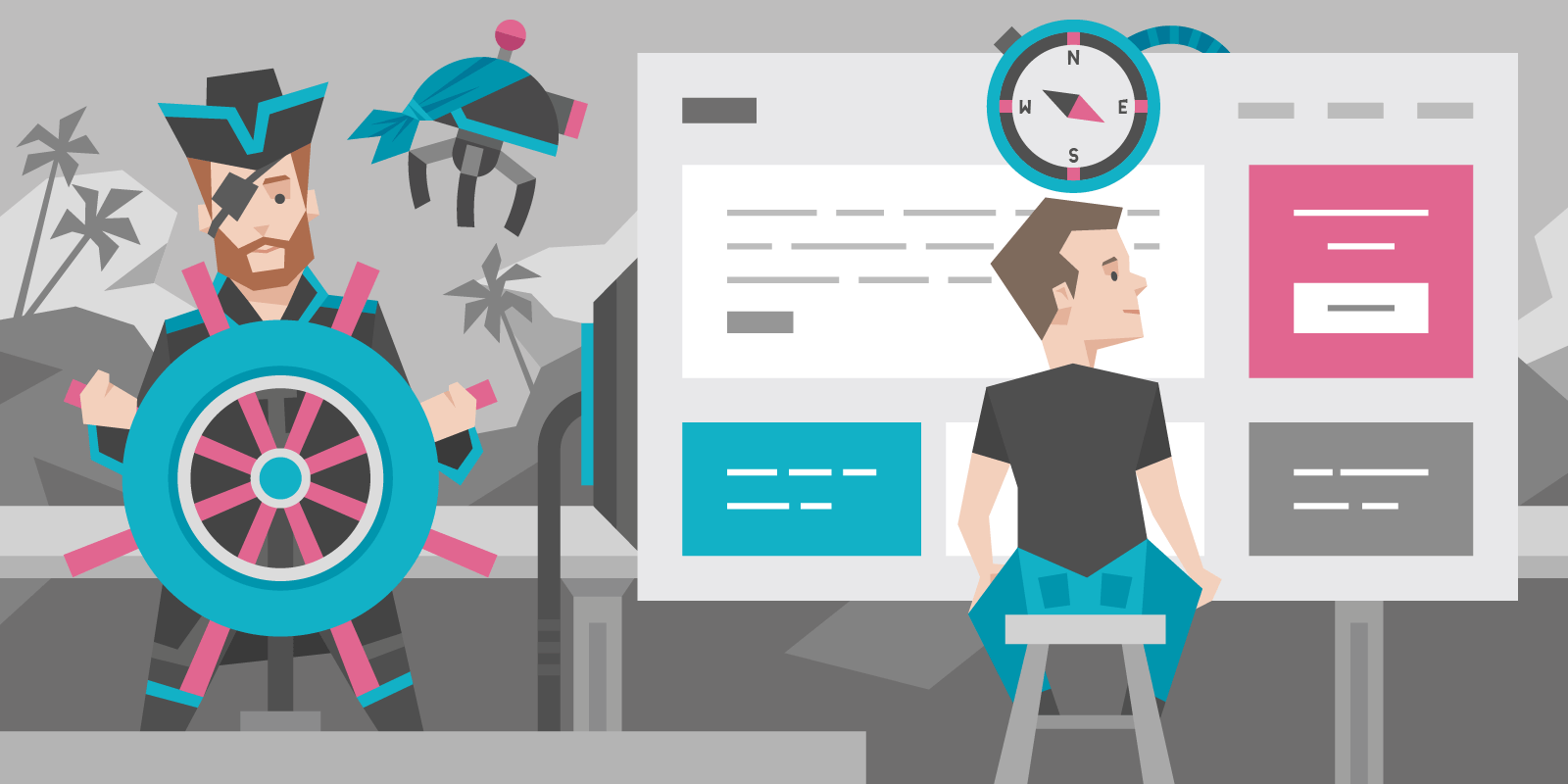
How To Structure A Landing Page That Actually Converts
What should your copy talk about and how should it be prioritized? Learn how to organize your research findings into copy that actually converts.
Day 12: Thought Processes, CTAs and Story Arcs
PS. There’s a lot of info in today’s lesson, so get your thinking cap on!
What do you write on a page? And in what order? How long should the page be? Should every page convert customers?
They’re tough questions.
But there is a simple(-ish) solution.
It’s called content hierarchy and it’s about structuring your page in a way that makes sense to your user and their needs.
Here’s how it works.
Start With Your User’s Thought-Process

- Do they have a problem, but no solution?
- Are they “solution-aware” (they know a solution is out there, but not where)
- Are they “product-aware”? (they understand that your product solves their problem)
- How did they get to your website? (an ad, a Google search, a referral)
These are just a handful of the questions you should have answers to before writing a kickass webpage.
In other words, understanding your user’s state of mind when they arrive on your site is the key to knowing how to keep them on it.
PS. We’ll look at this a bit more closely in a future post.
Narrowing down on your CTA

Once you know your user’s state of mind, it’s time to start structuring your page around it.
This is where your homework from the previous post (about working out what one goal your webpage should achieve) comes in handy. If you did it (which, by the way, you really should!), you should be halfway there.
Now it’s time to turn that goal into the actual Calls To Action (CTAs) you’ll use.
Let’s say you’re working on your homepage:
In all likelihood, your user wants to know who you are, what you do, and why it works for them.
So, to sum up so far:
- If you know your user’s state of mind…
- You understand how aware of your business they are…
- And you know what goal your user wants to accomplish on this page…
…Then your content will be killer.
But you need to close the deal on that page — that’s where your CTA comes in.
Your primary CTA should be an appropriately-timed answer to a user’s most pressing question.
If they want to know more, give them a “Learn More” CTA that takes them to a Product Description page.
If they want to put a monetary value on what they just read, give them a “See Pricing” CTA to your Pricing page.
If they’re ready to buy your product, give them an “Add to Cart” CTA that takes them to Checkout.
You get the picture.
But just to ram that nail home…
It’s why most homepages don’t have a CTA to “Add To Cart”, and why checkout pages don’t have a CTA to the “About Us” page — they’re not timely.
Story arcs

When it comes to your page, pretend it’s a chapter of a story.
How does your user feel at the start of the chapter (when they land on the page)?
How do they feel when at the end of the chapter (when they click the CTA)?
In an ideal world, your user at the end of the chapter is slightly different from the person they were at the start — they know more, they understand their own feelings better, and they’re ready for the next stage of the story.
In this sense, Homepages are the beginning, your Product page, Pricing and How it Works pages are the middle of the story, and the checkout is the end.
You can’t rush that story, so don’t force your user through each stage too quickly.
Once you understand your user’s feelings, your CTA, and the story arc, you’re ready to start writing.
A good rule of thumb is to first divide the copy you need to write into two main areas:
Matching (what users know/think at the point they landed on your site)
Convincing (getting your user on board with your product).
This isn’t a 50/50 split — the opening 10% of your page should match, and the remaining 90% should convince.
In other words, let the top of your page act as the bridge to your user’s progression through the next stage of their customer journey.
For example, a typical (and persuasive) homepage might look like this:
- What do you do? Matching
- What’s in it for me? Why should I care?
- How does it work? Convincing
- Can you prove it works?
- How will my life/business improve?
- Can I trust you? What are the risks?
- Ok, I trust you. What next? CTA
If you make each of these questions into a section of your homepage, you’ve made a great start.
Last piece of the jigsaw: Copy or design?

Generally speaking, copy should always dictate design. However, when working fast and with multiple people, it’s tough to make the process effective.
What if the copywriter finishes his draft but then the designer has a hard time fitting the copy on the page because it’s super long? Usually it’s a never ending back and forth culminating in ugly compromises.
What we’ve found best is for the writer and designer/developer to work together from the start.
Your homework:
Create an outline for a new look webpage.
Define each section on the page, what it will say and how long the page will be in words (taking into account the Matching/Convincing ratio).
Include the CTAs you’ll have on the page and where they’ll send your user.
Have fun!
